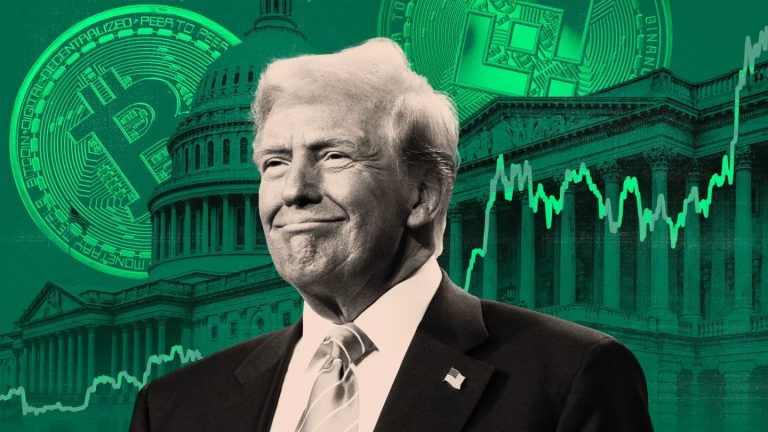
The U.S. Bitcoin strategy is taking shape under President Donald Trump’s administration, reflecting a sharp pivot toward embracing cryptocurrency as a national asset. This shift builds on campaign promises and early executive actions following Trump’s inauguration in January 2025, spurred by his 2024 election win and a pro-crypto stance that contrasts with prior U.S. skepticism.
Here’s a rundown of the strategy, its components, and its implications, grounded in current developments and sentiment.
Executive Action: On February 3, 2025, Trump signed an executive order establishing a “Crypto Strategic Reserve,” directing the Treasury to retain approximately 200,000 BTC (worth ~$18 billion at current prices) seized by the Justice Department from criminal activities, like the Silk Road and PlusToken cases. Reports from Reuters note this as a starting point, with Trump framing it as a “national asset” akin to the Strategic Petroleum Reserve.
Register for Tekedia Mini-MBA edition 19 (Feb 9 – May 2, 2026): big discounts for early bird.
Tekedia AI in Business Masterclass opens registrations.
Join Tekedia Capital Syndicate and co-invest in great global startups.
Register for Tekedia AI Lab: From Technical Design to Deployment (next edition begins Jan 24 2026).
Senator Cynthia Lummis’ BITCOIN Act, introduced in July 2024, remains a blueprint. It calls for the Treasury to buy 200,000 BTC annually for five years, aiming for 1 million BTC (~5% of Bitcoin’s 21 million cap), funded by Federal Reserve profits or gold sales. Though not yet law, Trump’s July 2024 Nashville Bitcoin Conference speech endorsed this vision, suggesting purchases to “dominate the global Bitcoin market.”
Proponents, including Trump and Lummis, argue it hedges against inflation, bolsters the dollar, and could halve U.S. debt in 20 years if Bitcoin appreciates. Analysts highlight enthusiasm for this as a counter to BRICS de-dollarization efforts. The February 3 order created a Digital Asset Working Group, tasked with slashing red tape by July 2025. It aims to reverse Biden-era hostility—e.g., SEC crackdowns on exchanges like Coinbase—and foster blockchain innovation. Trump’s stated goal is U.S. “dominance in digital finance.”
The strategy responds to perceived moves by China (rumored Bitcoin reserve legislation) and BRICS nations using BTC for settlements. This suggests a “Bitcoin arms race,” with the U.S. aiming to secure its share of the finite supply first. Advocates like Michael Saylor (proposing a 20% BTC supply grab) and Bernstein ($725B AUM firm suggesting debt-funded purchases) see Bitcoin as a long-term fiscal tool, leveraging its deflationary nature against a $34 trillion national debt.
President Trump signed Executive Order 14178 shortly after taking office, establishing a policy to support the “responsible growth and use of digital assets, blockchain technology, and related technologies across all sectors of the economy.” This order revoked Executive Order 14067 (March 9, 2022), which focused on ensuring responsible development of digital assets under the previous administration and directed the Treasury Department to revoke its “Framework for International Engagement on Digital Assets” from July 7, 2022.
The executive order created a Working Group on Digital Assets, chaired by White House A.I. & Crypto Czar David Sacks and administered by Executive Director Bo Hines. The group includes officials from key agencies such as the Treasury Department, Department of Justice, Securities and Exchange Commission (SEC), and Commodity Futures Trading Commission (CFTC).
Bitcoin and Ethereum in a national reserve could expose the U.S. government to financial risks and benefit private holders at taxpayers’ expense. The specifics of how the reserve will be funded, managed, or expanded—beyond seized assets—remain unclear, pending the working group’s report due in July 2025. Market reactions have been mixed but generally positive, with Bitcoin and Ethereum prices stabilizing and even rising slightly after the clarification, while SOL, ADA, and XRP continue to see gains from the initial announcement.



